|
According to the National Safety Council, every 7 seconds, a worker is injured on the job. These numbers are staggering, and the worst part is that each one is preventable. Taking preventative action can spare worker's needless pain and suffering. During 2017 more than 104,000,000 production days lost due to work-related injuries. Most common types of injuries keeping workers away from work are:
The top 3 injuries are:
In the Data Center industry, we can see this situation, many worker’s results injured when trying to move heavy server cabinets and/or IT cabinets without the right equipment. This injured can cause the death of life long-suffering. All these situations are completely preventable using the right equipment. Other commons accidents in Data Center are related to fallen Racks or Server Cabinets, let’s see the following photos: Now, could you calculate the cost of these accidents Cost of the equipment, in average the cost of the equipment installed in a common server cabinet in Data Center is tens or hundreds of thousands of dollars. Cost of downtime, According to Gartner, in 2014, the average cost of IT downtime is $5,600 per minute. Because there are so many differences in how businesses operate, downtime, at the low end, can be as much as $140,000 per hour, $300,000 per hour on average, and as much as $540,000 per hour at the higher end. 98% of organizations say a single hour of downtime costs over $100,000. 81% of respondents indicated that 60 minutes of downtime costs their business over $300,000. 33% of those enterprises reported that one hour of downtime costs their firms $1-5 million. But other costs don’t often show up in dollar form. That’s the cost of interruptions, especially when IT professionals are interrupted from what might be more productive work. As once reported in the Washington Post, interruptions consume, on average, 238 minutes per day. Also, the time to get started back up after an interruption consumes another 84 minutes a day. The time lost to stress and fatigue steals another 50 minutes a day. All that adds up to about 6.2 hours per day, or 31 hours per week lost to interruptions! Is it any wonder we’re spending most of our time treading water? What about the damage to your brand reputation? We all see the stories in the news. A prominent bank recently experienced a two-day outage (subscription required) that caused its stock price to drop 2.3%. Black Friday caused retailers to scramble as their websites crashed. A popular ride-hailing service had a deadly accident due to software in its prototype self-driving car set to ignore objects on the road. And the most important is the lost the information. What happens if your storage system crash like this photo. The entire business could be completely in risk due to this accident. Accept it or not, at this moment the most valuable active is the information, almost every company running today depends of its IT System, every time we move a server cabinet or IT cabinets we are taking huge risk due to the probability that the cabinet fall.
With Cabinet Lift, an operator can move a fully integrated cabinet controlling the lower and lifting. Cabinet Lift is adjustable to fit different cabinet widths. This battery powered set is designed to work in tandem. Able to lift to 5000 pounds (2267Kg). One operator can move a fully integrated server cabinet long distances. Both units are connected using a control cable or wireless connection, the operator just uses a switch to control the lifting and lowering movement. Built in structural aluminum that provides the strength to support heavy server cabinet but also is lightweight. Each side is powered using a 24 VDC motor and a control unit designed a built thinking in this cabinet lift. Eight dual castor make easy and smooth the movement. Cabinet Lift protects people and IT assets in Data Centers.
1 Comment
What is a Modular Data Center?
It is a data center that is designed thinking in modules that interact with each other and can be added to each other and provide scalability. The first Modular Data Centers were implemented using ISO Maritime Containers, also known as Data Container, companies such as Google and SUN Microsystems were the pioneers in this type of facility. Today we find a wide range of Modular Data Centers. Modular Data Centers have become popular in recent years and we have seen how, more and more, companies use this type of Data Center to process their data. Modular Data Centers can be used as:
Advantages of a Modular Data Center with respect to Traditional Data Center · Lower initial investment (CAPEX) A Modular Data Center can significantly reduce implementation costs: - It is installed with exactly what the client requires, the investments are designed exactly to what the client needs at the moment, then taking advantage of the modularity the corresponding investments are made to expand the Data Center as needed. - Less civil work, the civil work required for a Modular Data Center is minor. As the modules can be outdoor, basically a slab or bases made of concrete are required for the placement of the modules, the client can save up to 40% in the construction base costs. - Reduce complexity, Modular Data Center designs can reduce complexity and replace long and complicated construction periods. · Lower operating cost (OPEX) Modular Data Centers use the concept of confinement in order to reduce the amount of energy consumed by refrigeration equipment. The design seeks to increase the efficiency of the Data Center by ensuring an optimum Delta T between cold and hot aisle, in addition to concentrating the cold air only where it is necessary. Using these techniques, we can also increase the Set Point value of the air up to 80.6 ° F [27 ° C], according to ASHRAE (American Society of Heating, Refrigeration, and Air Conditioning Engineers), which implies a significant decrease in the energy consumption of the Data Center. In another post, we will publish a specific article for this topic. · Flexibility The Modular Data Centers can be designed based on the requirements and needs of the client, being able to select from the level of redundancy in refrigeration and energy, capacity, number of racks, etc. The design can be made to expand easily without interrupting the operation of the Data Center. · Scalability Scalability is a natural benefit of any modular solution. As more space is required for the IT room, it will be aggregated, as well as the energy and refrigeration capacity that is required. The Data Center is growing according to your requirements. · Rapid Implementation The implementation time of a Modular Data Center is calculated in weeks, in comparison with the traditional Data Centers where construction times can take at least 12 months. · Portability The Modular Data Centers can be portable, this means that if a relocation is necessary, the customer can disassemble, transport and install their Modular Data Center in any other place. The Modules are usually designed with dimensions similar to maritime containers so that they can be easily transported in current transports (Maritime and terrestrial) · Less risk of failure Modular Data Centers are usually manufactured in controlled environments, being built in the factory minimizes the risk of failure at the time of the installation. The Modular Data Center of NDC NDC designs and manufactures Modular Data Center, the team is made up of a group of professionals with more than 20 years of experience in the area. We can offer 100% customized and scalable solutions, from Micro Data Centers to Multi Mega Watts Data Centers. NDC is "Vendor Agnostic", that is, we are not limited to the products of a specific manufacturer. What can be customized in an NDC Modular Data Center? In NDC we can customize: - Enclosures:Height, width, depth, room shape, color (Interior and Exterior), custom logos, width and height of the doors for access to special equipment, panic bars for doors, LED lighting, thermal protection against fire, shielding different levels. Type of containment of cold / hot aisles. - Redundancy Level:N, N + 1, 2N, 2N + 1, 4N in Refrigeration and Power. - Racks:Height, width, depth, and brand. - PDU:Type of sockets, Monitored, basic, or intelligent. - UPS:Brand, power, FP, type. - Cooling System: Brand, type CW DX, In-row, Room, Wall Mounted, Rack level. - Fire Detection: Smoke detection, high sensitivity smoke detection (HSSD), heat detection. - Fire Suppression: FM 200, NOVEC 1230, Ecaro. - Access Control:By card or biometric, integration with other systems. - CCTV:Brand, type and number of cameras, storage time, integration with other systems. - Special requirements: Bullet proof (Diferents levels), Anti Corrosion, Fire proof , Earthquake protection, etc. For more information please visit our website https://www.ndc-solutions.com or write to us at [email protected] What is a Micro Data Center? Also known as EDGE Data Center a Modular Micro Data Center (MDCM) is a solution that consists of server cabinets with data center capabilities such as: cooling systems, UPS, monitoring, fire detection and extinguishing, and access control. This solution is useful wherever data processing is needed, for example, disaster recovery, temporary or permanent deployments in indoor or outdoor environments. What is EDGE Computing? The term EDGE Computing, is defined as computing on the edge of the Network, is computing capacity and storage closer to where the data is generated. In the context of IoT EDGE Computing allows the data to be processed closer to where the IoT devices are located, this in order to avoid possible congestion in the communication links when being transmitted to a Centralized Data Center either in the cloud or in the premises of a company and in this way ensure an optimal response within the required times. Let's see an example Suppose the case of a factory, industry or an oil platform that has thousands of sensors connected to their production processes, this large amount of data produced that can reach up to tens of GB per second, needs to be sent to a Data Center to be properly processed , if the traditional computing scheme of a Centralized Data Center or Cloud is used, there could be congestion in the communication links, in addition to the cost of contracting large bandwidths for such purposes, this is where EDGE Computing provides exceptional value, since when installed at a point closer to where the sensors are installed, it ensures a rapid response and does not require the use of large bandwidth to the central data center. What is Fog Computing? Fog Computing is a term coined by the manufacturer Cisco Systems in the year 2014. The FOG metaphor comes from the meteorological term for the cloud closest to the ground. Just as fog is concentrated on the edge of the network. Fog computing is a standard that defines how EDGE Computing should work, and facilitates the operation of computing, storage and networking services between the final devices and the Centralized or Cloud Data Centers. In addition, many use the Fog as a starting point for EDGE Computing. EDGE computing needs a physical space for the operation of the computers, storage and network equipment, it is there where the Micro Data Center fits perfectly to provide the optimal solution. What are the main drivers of the Micro Data Center The need to reduce latency in applications such as: - Vehicles without a driver - Automatic trains and buses - Manufacturing process - Health - The Internet of Everything Phenomenon (IoE Internet of Everything) The growth of IP traffic According to Cisco Systems the IP traffic will have an annual growth of 24%, the current IP traffic is about 121.694 PB by 2021 this traffic will reach 278.108 PB. According to Gartner by 2020 there will be more than 20 billion devices connected to the Internet IoT. Currently there are about 8 billion (2018). In the near future there will be more internet connected devices than people living on planet Earth. Currently 1% of the data generated are created and processed outside the traditional data center or the cloud for 2022 gartner predicts that this will be 50%. The traditional computing architecture is based on a device connected to a Centralized Data Center or Cloud. Disadvantages of this model - Congestion - Limited Bandwidth - High Latency - Not recommended for applications sensitive to latency (IoT) - The data has a higher growth than the bandwidth Fog Computing Model Advantages - Low Latency - Data is processed closer to the user or place of origin - Deployment speed - Lower Cost of Telecommunications Links (Less Broad Band) The Future of the Micro Data Center By 2021 it is estimated that 25% of business organizations have installed a Micro Data Center, source Gartner. In a recent survey conducted by IDC, 54% of respondents answered that they will implement their infrastructure for EDGE in their own facilities. Some have declared the year 2019 as the year of the Micro Data Center or Edge Data Center
Other Uses for the Micro Data Center The Modular Micro Data Center is useful wherever data processing is required, such as: - Edge Computing - Offices and Factories. - Banking Agencies. - Mobile Sites - Health. - Education - Supermarkets - Remote locations and in extreme environments such as: - Mines - Petroleum. - Farms - Telecommunications cells. To learn more about our Micro Data Center solution visit us at https://www.ndc-solutions.com/micro-modular-data-center.html or contact us through [email protected]. |
Details
AuthorNDC Engineering Team ArchivesCategories |
PRODUCTS |
Consulting
|
Productos |
SOLUCIONESDiseño Data Center
Implementación de Data Center Manejo y monitoreo Mantenimiento y soporte Simulación CFD (Computational Fluids Dynamics) Administración Delegada de Redes Evaluación Plataforma de Redes Optimización Plataforma de Redes Cableado Estructurado Comunicaciones Unificadas Open Source |

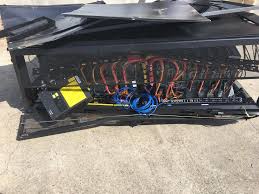
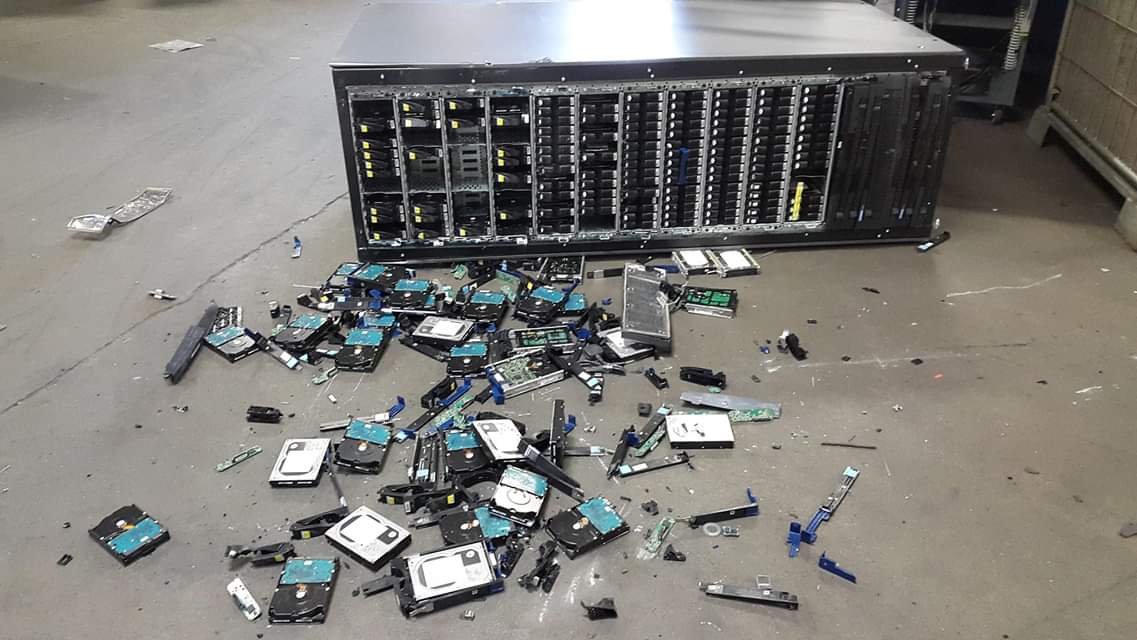
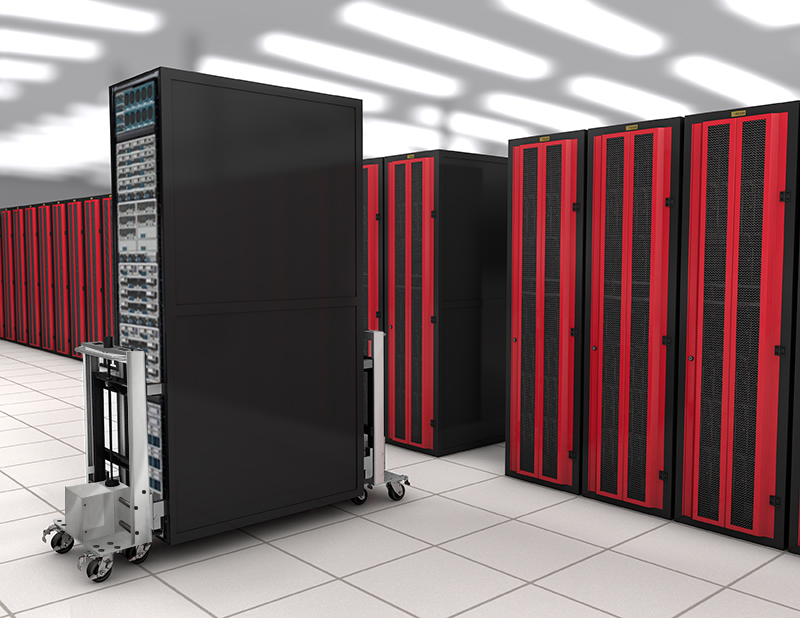
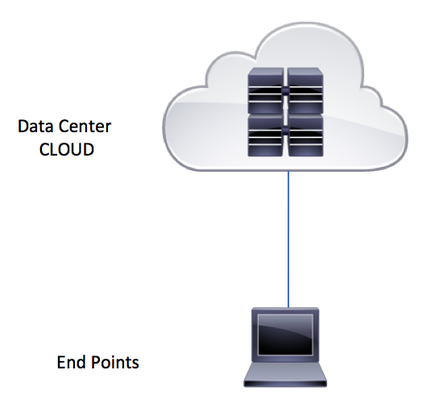
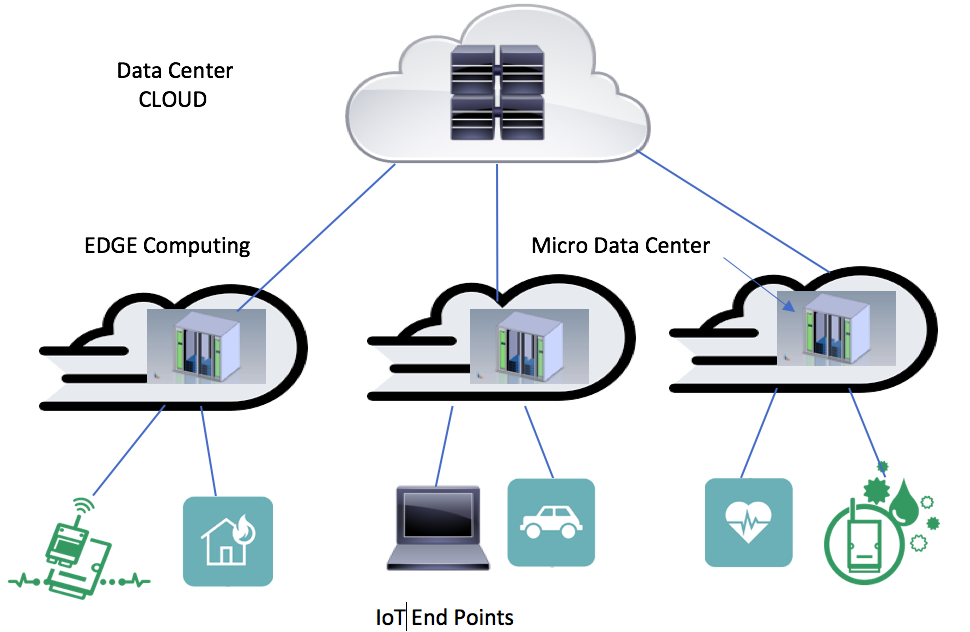
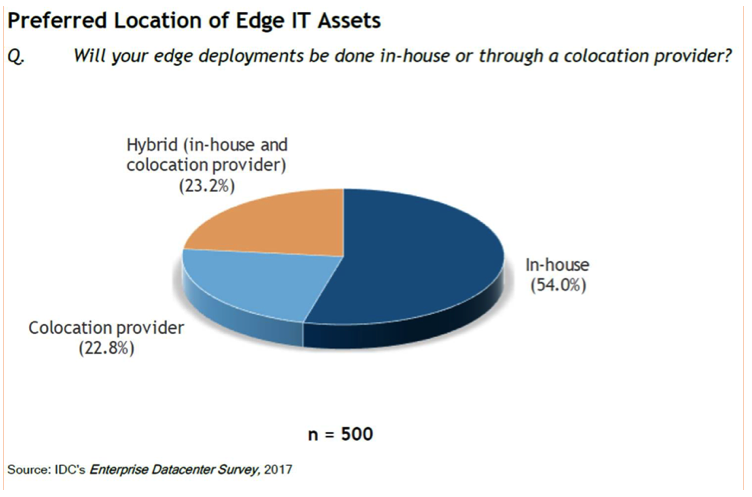
 RSS Feed
RSS Feed

